Harman Kardon Receivers Features Step-Chart
Harman Kardon has been a big name in A/V receivers for some time, but knowing exactly which receiver to loko at can be tough if you don’t understand the differences between the models. After looking at everything across the board, we think we have a pretty good grasp on why you might want to purchase one model over another. While you can use the comparison engine on Audiogurus to compare AV receivers from different manufacturers, even when you settle on one you still need to understand how to evaluate when to spend more money on a particular model. With Harman Kardon receivers, you have an even tougher time because the brand is focused more on the basics and doesn’t offer a ton of network features or fancy options.
Harman has five models that are more or less current (at the moment) and while they allow you to stream DLNA content, none of them provide access to streaming services like Spotify, Pandora or Rhapsody. Indeed, navigating between models is a bit precarious as you really have to pay attention to basic features like power output and channels.
Following is the Step Chart for Harman Kardon’s AVR receivers:

While not wildly full of advanced features, these Harman Receivers reveal a world of difference between the top and bottom models.
Below are some of the more important observations regarding the differences between the various models:
Breakpoint 1: 7.2 Channels, MHL, Zone 2 and More Power
There is such a minimal difference between Harman Kardon’s two entry level AV receivers that our first real break point comes at the Harman Kardon AVR 1710, which adds more power (100 watts per channel), two more channels, MHL support, and dual (parallel) HDMI outputs. The AVR 1710 also gives you a discrete Zone 2 audio output, and allows you to power it with the assignable amp channels. Aside form that, you gain a few other niceties, like an additional optical digital input, another (parallel) subwoofer output, and an additional HDMI and trigger output.
Breakpoint 2: Component Video Inputs, Multi-channel Preamp Outputs, Auto Room EQ/Setup, AirPlay and RS-232C
If you’ve got to have Apple’s AirPlay, then you’ll need the AVR 2700 to use a Harman Kardon receiver. The 2700 also gets you a single component video input for use with legacy sources (like an older Xbox 360). If you want to use a Harman Kardon receiver with an external multi-channel amplifier, the AVR 2700 is the first in the current line-up to include 7.2 preamp outputs. Finally, Harman begins to offer automatic room setup and EQ with the Harman Kardon AVR 2700, but we wouldn’t consider that reason enough to upgrade if you don’t need any of the other step-up features. If you are running an advanced AV control system, the AVR 2700 is also the first in the current Harman Kardon line to include an RS-232C port.
Breakpoint 3: More Power, Wi-Fi
The last big break point really just has to do with Wi-Fi and adding an additional 20 watts per channel to your system (which is quite a bit of power, actually). Oddly enough, adding 20 watts per channel to the Harman Kardon AVR 3700 only results in a net gain of 0.7 pounds, leading us to winder if the increase will be all that noticeable to the end user in real-world use. The addition of Wi-Fi may be great for those who absolutely cannot run a cable to their theater room gear location, but since the AVR 3700 adds no additional wireless music streaming services, the net result is that you still really only have access to DLNA and AirPlay sources (though with AirPlay you can conceivably tap into just about any online music source).
As I mentioned above, Harman Kardon isn’t much into streaming media services. Additionally, they don’t offer either a phono input or multi-channel preamp inputs for legacy audio devices. And if you want a second HDMI-driven zone, you won’t find that either. Harman keeps it simple, and so the AVR series doesn’t mess around with too many features to get in the way of what Harmon is offering its consumers. If that fits your needs, then you will be very comfortable with this brand’s offerings.

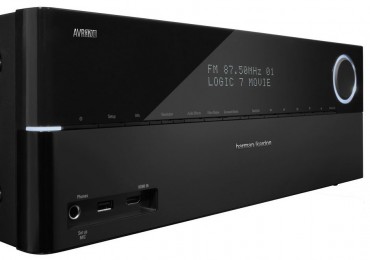
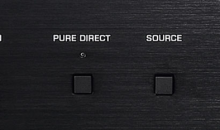
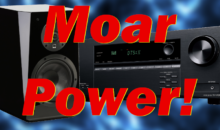
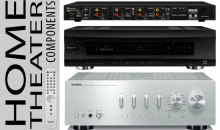
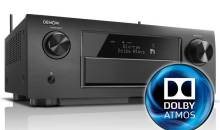

Some of your info on the HK AVR’s are incorrect. I have the HK AVR-1710, and it does have auto setup/room EQ, Airplay, and Bluetooth!
@Novem – Thanks for the catch! We updated the chart and also our specifications database.
I found an error. The AVR-1610 also has Auto Setup/Room EQ and Bluetooth, but no Airplay. So auto setup/room eq and Bluetooth is wrong.